 S2K Commerce - Products Dropdown
S2K Commerce - Products Dropdown
 Web Content Viewer - Blog
Web Content Viewer - Blog
Reduce Hand Fatigue: Invest in Ergonomic Nitrile Gloves
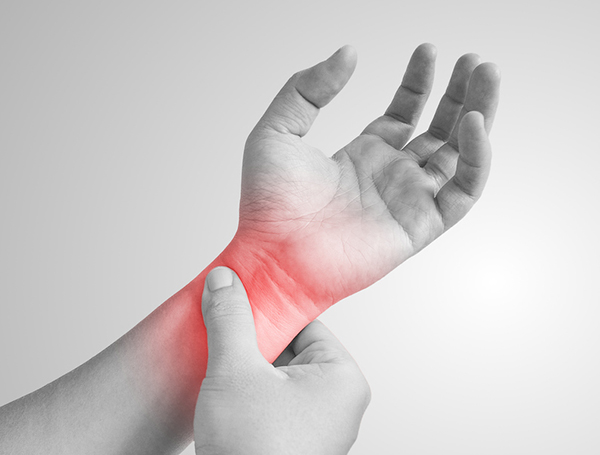
Preventing Carpal Tunnel Syndrome in Dentistry
Individuals working in the dental field have a high risk of developing musculoskeletal disorders (MSDs) due to repetitive motions that lead to strain and fatigue. Mary Govoni, breaks down the basics of MSD risk factors in dentistry and offers valuable insights. The webinar, titled “Protect Your Hands – Protect Your Livelihood,” details the principles of ergonomics, common injuries in dentistry, and several prevention strategies to raise awareness to those working in the dental vertical.
Principles of Ergonomics
Ergonomics, to put it simply, is making the workplace a better fit for higher worker efficiency and safety. Ergonomic principles are guidelines that effectively prevent injury in the workplace. These principles include:
- Working in a neutral position and practicing good posture
- Decreasing the need for excessive force
- Keeping materials and instruments within easy reach
- Working at the proper height and position
- Reducing unnecessary motions
- Minimizing contact stress
- Moving and stretching throughout the day
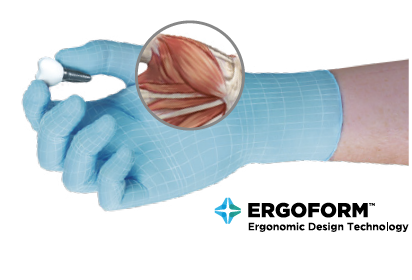
MSDs and Ergonomic Risk Factors
MSDs are injuries that affect the body’s ability to move and are caused by ergonomic risk factors. Decreased range of motion, decreased grip strength, and loss of sensation are all signs of a developing injury. Symptoms include pain, tingling or burning sensation, and muscle cramping.

Why are MSDs more common in dentistry?
Ergonomic injuries end careers, forcing dentists, hygienists, and assistants to retire early. 29.5% of dentists retire early due to musculoskeletal injuries.* These injuries are more common in dentistry than in other professions due to the repetitive motions and long work hours that are common for dental professionals. One of the most common MSDs that occurs in dentistry is carpal tunnel syndrome, an entrapment of the median nerve in the wrist.
* https://www.ncbi.nlm.nih.gov/pmc/articles/PMC4144062/pdf/ijcpd-07-030.pdf
How to prevent MSDs with Ergoform Gloves
When an individual wears a glove that restricts movement, they must exert more muscle effort to perform tasks. This increases the risk of strain that can lead to MSDs like carpal tunnel syndrome. Additionally, an ill-fitting glove can cause discomfort. The right glove can make a critical difference in hand comfort, from the material, to the thickness, to its gripping ability. Ansell’s ERGOFORM™ Technology provides comfort that enhances performance and alleviates the musculoskeletal stress that leads to injuries. Our optimized polymer formulation creates thinner and stronger gloves for superior comfort, tactility, and maximum range of motion. Fitted, ergonomic gloves support musculoskeletal health, and allow dentists to continue doing what they love.
Ergonomic Glove Options
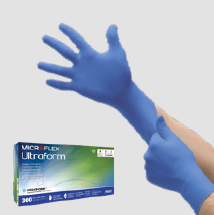
Microflex Ultraform UF-524
Comfortable, thin nitrile glove that offers affordable protection with an ergonomic design
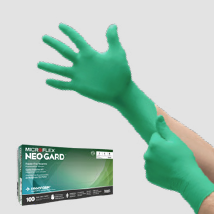
Microflex Neogard C52
Ergonomically designed neoprene glove with exceptional grip
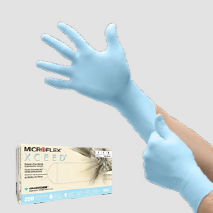
Microflex Xceed XC-310
Ergonomically designed to reduce hand fatigue

